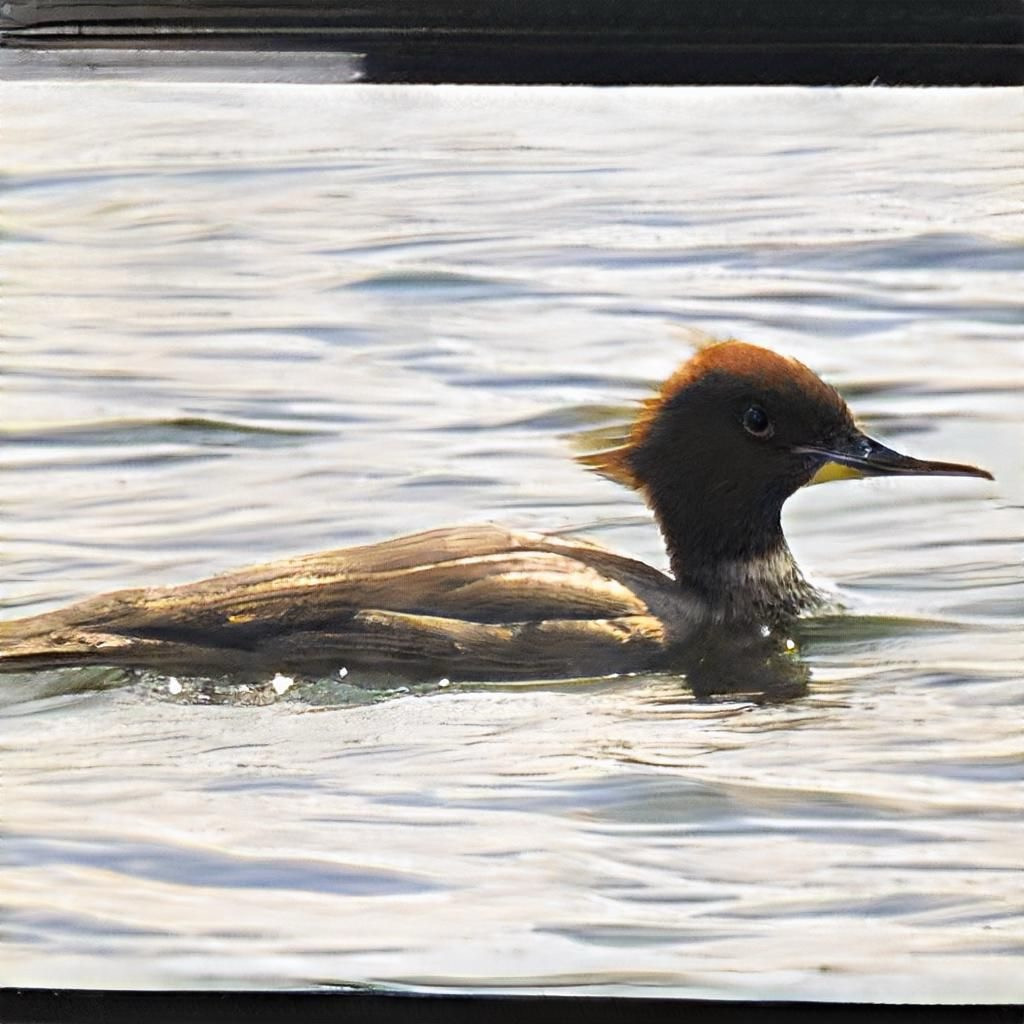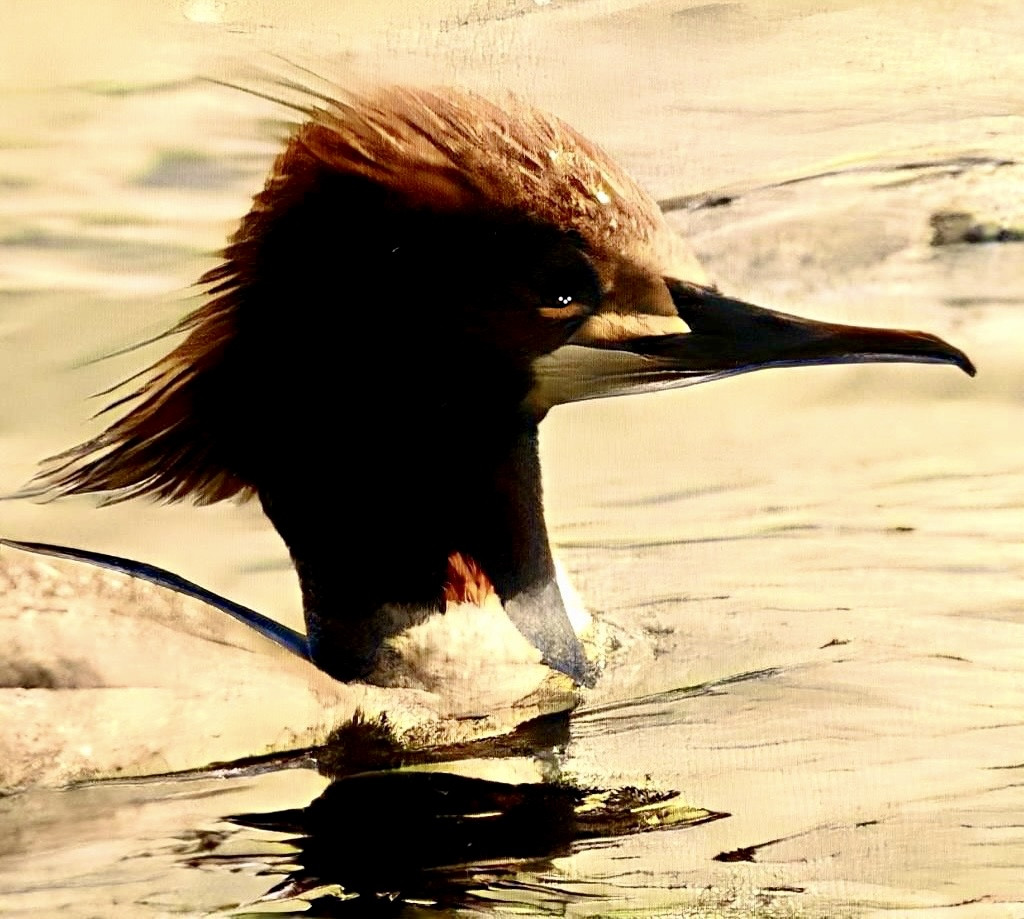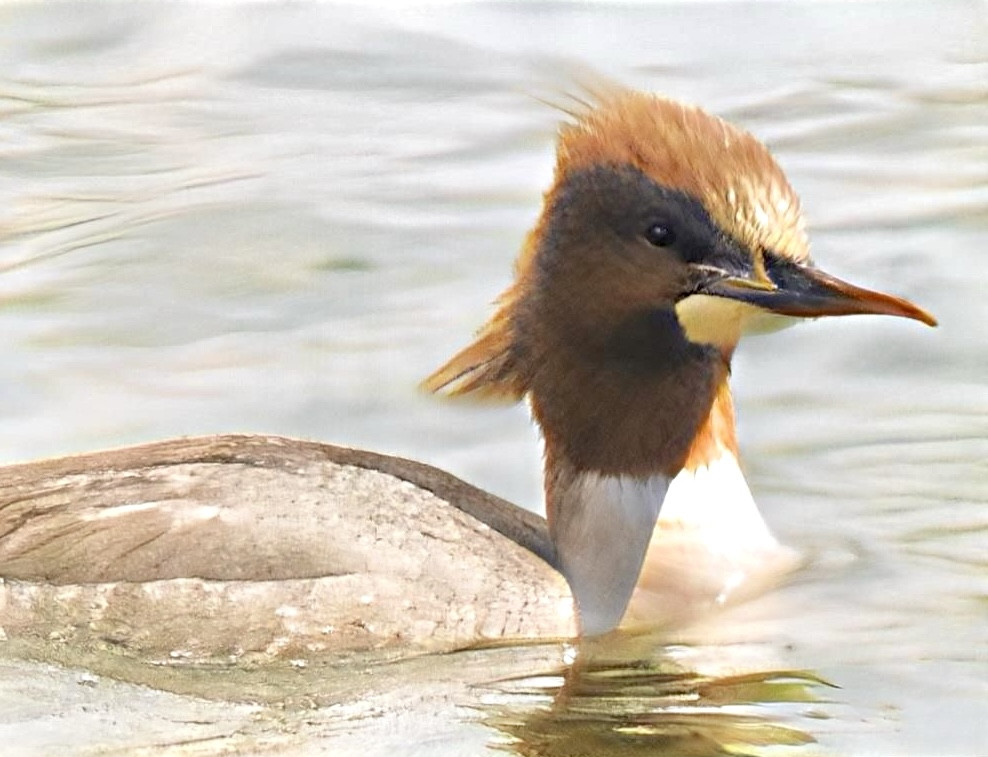Beskrivning
The deep waters around Lake Vättern are ice-free most years. This makes it an excellent wintering area for birds. The lake holds large wintering populations of gulls like fiskmås, Gråtrut and havstrut. This is also one of the best places for the rare vittrut, although it is not seen most years. Most gulls winter around Motala. The area also holds wintering waterfowl. Most commonly: storskrake, knölsvan, gråhäger, sångsvan, vigg and knipa. Around Vadstenaviken large amounts (many hundreds) of gräsand winter. Often with other rarer (wintering) dabbling ducks in the mix. The lake also holds wintering populations of Storskarv, småskrake, salskrake (visitors from Boren) skäggdopping, Smådopping, and during mild winters: svarthakedopping, svärta, storlom and alfågel. The large fields around Vadstena and Norrsten hold wintering geese, vinterhämpling and snösparv. Many birds of prey also winter. Most common are sparvhök, and havsörn.
During the last weeks of Febuari the first spring birds arrive. stare, sånglärka, bofink, and tofsvipa are usually the first to arrive. Some of the previously mentioned birds might start to winter if the winters continue to be mild. Many geese like vitkindad gås, grågås, tajgasädgås, bläsgås tundrasädgås and kanadagås are often seen. Most geese congregate around Tycklingen and Norrsten. Sometimes spetsbergsgås is also found.
During March most of the geese increase in number. More birds of prey arrive: fjällvråk, tornfalk, Pilgrimsfalk, and röd glada. In Vadstenaviken large amounts of dabbling ducks often rest. gravand (Regular), skrattmås, strandskata, and enkelbeckasin also arrive during this period. From this period onwards ägretthäger is sometimes seen.
During April other wader along with hämpling and ängspiplärka arrive. During April-May large amounts of passerine birds, wader, gulls, and terns use the lake as a landmark for migration. It starts in the middle of April with thousands of bofink and bergfink, continuing with thousands of storspov, with smaller amounts of other waders like småspov, myrspov, brushane and rödbena. Also large amounts of gulls like skrattmås and fiskmås. In early May hundreds of terns (fisktärna, silvertärna) pass. Along with rarer birds like svarttärna, tretåig mås (quite rare) and dvärgmås.
During the summer many species of night-active birds can be heard like gräshoppsångare, näktergal, kornknarr, trastsångare (vadstena reningsverk), vaktel and sometimes flodsångare. Many other warblers can be found during this period. In the cities of Motala and Vadstena city birds like turkduva, grönfink, svart rödstjärt (missing most winters), bergfink, klippduva, and svarthätta can be found year round.
Detaljer
Tillgänglighet
Parking can be done at ample places. Some of them are: Tycklingen, Motala, Råssnäsudden, and Vadstena castle. Click on a P in the map to get directions to that area.
Terräng och habitat
Skog , Våtmark , Spridda träd och buskar , Slätt , Dal , Platt , Platå , Sjö , Strand , Gyttjig strand , Jordbruk , Vassar , Flod , Stad/byFörhållanden
Platt , Kulligt , Sandigt , Sumpigt , Öppet landskapRundtur
JaTubkikare behövs?
Kan vara användbartBästa säsong för skådning
Året runtBästa tid för ett besök
VinterRutt
Asfalterad vägHur ansträngande vandring
Genomsnittlig vandringNås
Till fots , Cykel , BilFågeltorn / plattform
NejExtra information
Be respectful of the birds. Especially during breeding season.






